Part I
Jay Arzu was front and center with Leslie Richards, searching for answers.
He wanted to know why Philadelphia’s transit expansion had slowed to a bumper-to-bumper crawl over the years. As he watched other major cities pour resources into ambitious projects to improve their public transportation infrastructure, he wanted to understand what had derailed Philadelphia’s own effort to dream big. One sidelined project occupied his mind: a subway on Roosevelt Boulevard, first proposed in 1913, that would better connect the Northeast to the rest of the city and reimagine transit in Philadelphia.
As a PhD candidate in city and regional planning at the University of Pennsylvania’s Stuart Weitzman School of Design, Arzu had the good fortune of taking a class last spring with Richards, the CEO and general manager of SEPTA. In all his research on the Roosevelt Boulevard subway plans, he couldn’t locate the one document that would unlock the answers he sought: the 2003 final report from a four-year study analyzing what it called “the Preferred Alternative,” which would connect a subway or elevated rail line to the Broad Street Line’s express tracks. Richards was able to get him a copy of the document, and what Arzu read catalyzed him.
“Within a few minutes, I was floored,” Arzu says. “The numbers were a lot larger than I had anticipated.”
Rather than an explanation for why the subway hadn’t yet been built, what he found was further evidence that it should be. The engineering, consulting and design firms that wrote the report and submitted it to SEPTA and the City’s Office of Strategic Planning estimated that a subway on Roosevelt Boulevard would attract 124,500 daily riders and halve the time of a trip from the Northeast to Center City, while saving drivers and transit users nearly 13,000 hours of travel time and eliminating more than 83,000 car trips each day. It would be among the most heavily trafficked new rail lines in the country.
I want Philadelphia to show the rest of America how to build subways in the 21st century.”
— Jay Arzu, doctoral candidate in city and regional planning at the University of Pennsylvania’s Stuart Weitzman School of Design
The cost was enormous — the equivalent of nearly $5 billion today, according to the report — but so was the potential to change the city’s infrastructure and its attitude. In the subway, Arzu saw an opportunity to inspire Philadelphia and its residents to strive for greatness instead of settling for mediocrity.
“I want Philadelphia to show the rest of America how to build subways in the 21st century,” Arzu says. “This is a city that has a lot of pride. I don’t think anything would make the city more proud than to get the Roosevelt Boulevard subway completed.”
For years, the boulevard has been the most dangerous road in Philadelphia, a 12-lane corridor through diverse residential neighborhoods and business developments that functions like a highway with crosswalks. It’s a nightmare for pedestrians and drivers alike, accounting for as much as 21% of the city’s fatal crashes in a given year.
The subway offers Philadelphia an opportunity to change the boulevard’s future for the better, creating thousands of jobs, helping the environment by taking cars off the road and reducing traffic to an extent sure to save lives. Its proponents also tout the subway’s potential to energize the city and restore vibrancy to the Northeast, where a lack of rapid transit is an obstacle to everything from educational opportunities to health care access.
“My goal is to turn the Boulevard of Death into the Boulevard of Life,” Arzu says.
Standing in Arzu’s way are a dearth of funding, a backlog of transit projects still waiting for the green light and a city government that has long struggled to address day-to-day civic struggles, let alone revolutionary, record-setting initiatives like the Roosevelt Boulevard subway.
But any vision of a more robust and inspired Philadelphia in 2030 and beyond includes significant steps forward in transit infrastructure. As mayoral candidates begin throwing their support behind the subway — and with PennDOT committing to a feasibility study — an idea that spent decades collecting dust has been brushed off and revived, offering a window into the city’s possible future.
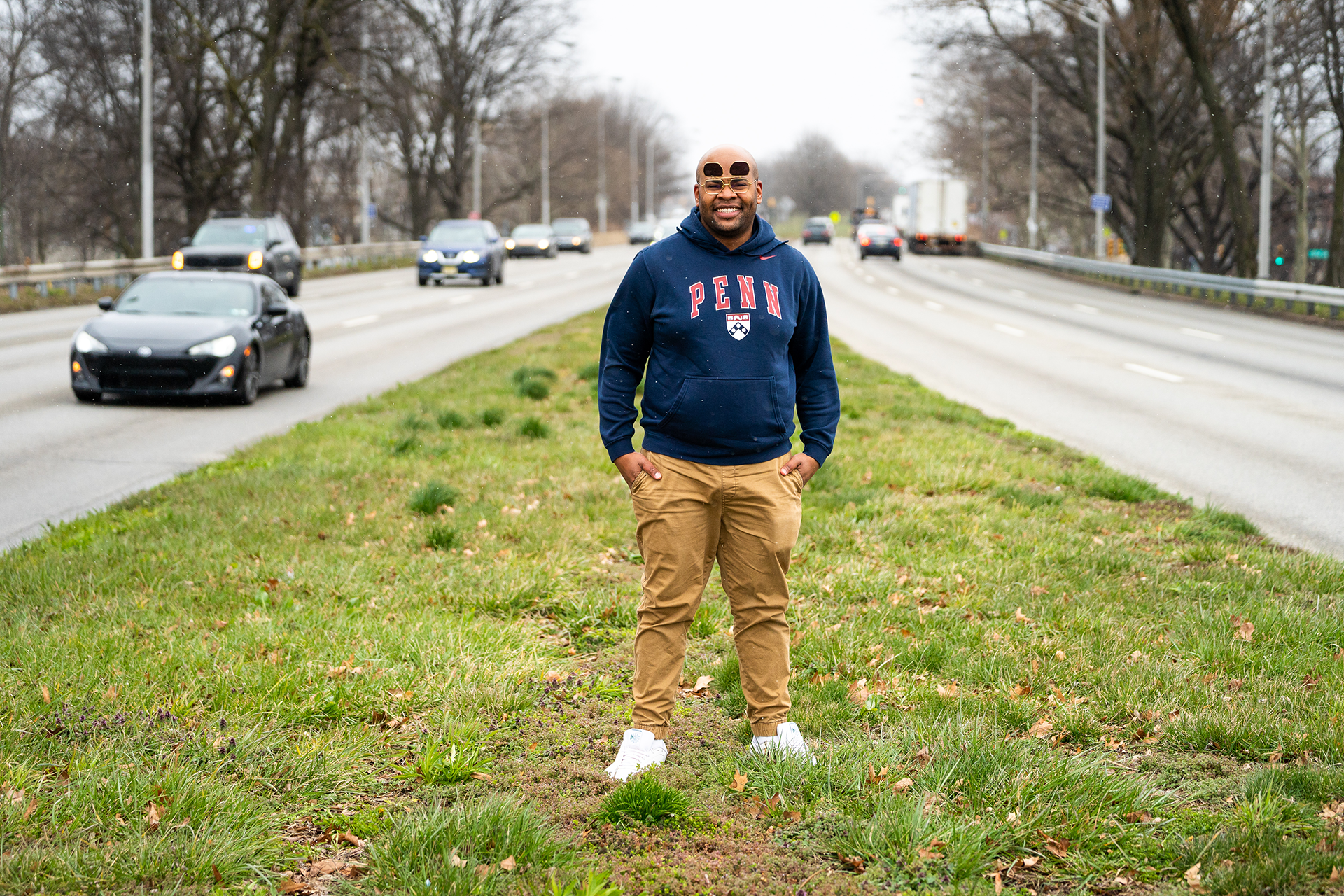
Part II
Arzu grew up in public housing in the South Bronx, New York. His community didn’t have much, he says, but what it did have was transportation access. He could go anywhere he wanted in the city, and that freedom gave him a deep appreciation for subways and public transit.
Coming to Philadelphia, he says, “was like night and day.” Before pouring his attention into the Roosevelt Boulevard subway, his research and activism were focused on protecting neighborhoods from the community destruction wrought by disruptive highways. A self-described “freeway fighter,” he worked with community members in Rochester, New York, on the redevelopment of a section of its Inner Loop expressway, intended to reconnect neighborhoods, and alongside advocates in New Orleans who are seeking to remove the Claiborne Expressway that fractured the historically Black Tremé neighborhood.
After coming to Philadelphia, he was stunned to see how long the Northeast had been waiting for the subway to be built. His dissertation is unrelated to the subway, and his advocacy has nothing to do with self-interest, he says.
“I’m here to be civic and to do what’s right for a community that’s been waiting for over 110 years,” Arzu says. “That is appalling.”
People here are so desperate for hope and optimism and something big and positive.”
— Jared Solomon, State Rep. of Pennsylvania’s 202nd District
When he began calling around to local elected officials last year to ask what stood in the way of making the Roosevelt Boulevard subway a reality, he didn’t always find the support he sought. City Councilmember Kenyatta Johnson’s office responded with an attitude that demonstrates the power of inertia in Philadelphia.
“They laughed me off the phone and didn’t take me seriously,” Arzu says. “They took me as a joke.”
But Arzu doesn’t think there’s anything funny about building the subway, and he found an ally in Pennsylvania Rep. Jared Solomon, whose 202nd District is bisected by the boulevard. He believes the subway represents a genuine opportunity for progress in a city that seems to be always in search of something great to believe in. Speaking in the wake of Phillies and Eagles postseasons that united the city, he suggests that the subway could do something similar.
“People here are so desperate for hope and optimism and something big and positive,” Solomon says.
On a Saturday morning in August, Solomon and Arzu were part of the first town hall in years to seek public input on the dormant plans for a subway line to the Northeast. By the time it kicked off at 9 a.m., there was a buzz in the room, says Cameron Adamez, a transit committee member for urbanist political action committee 5th Square. And by the time it ended, despite the usual concerns raised about traffic and noise, it was clear that many residents wanted the subway built.
“It cemented that this community has never really been asked what they want,” Adamez says, “but they do actually want it.”
Even Arzu, ever an optimist, expected opposition that he says never truly came — a testament to the feeling of disconnection that permeates the community. But the lack of support he found in the city’s political establishment revealed that the community and many of its elected officials may not be on the same page.
“They don’t really see the potential for public transit to be a transformative thing for an area that is extremely underserved,” Adamez says. “The Northeast in general and Philadelphia as a city are underserved, and public transit is a key to this.”
Few projects could address those deficiencies while defining a legacy quite like the subway.
“If a politician said, ‘I’m going to put down the Roosevelt Subway,’ and it gets done, then they’ve cemented their career,” Adamez says. “And I don’t see that coming out of anyone other than Rep. Solomon.”
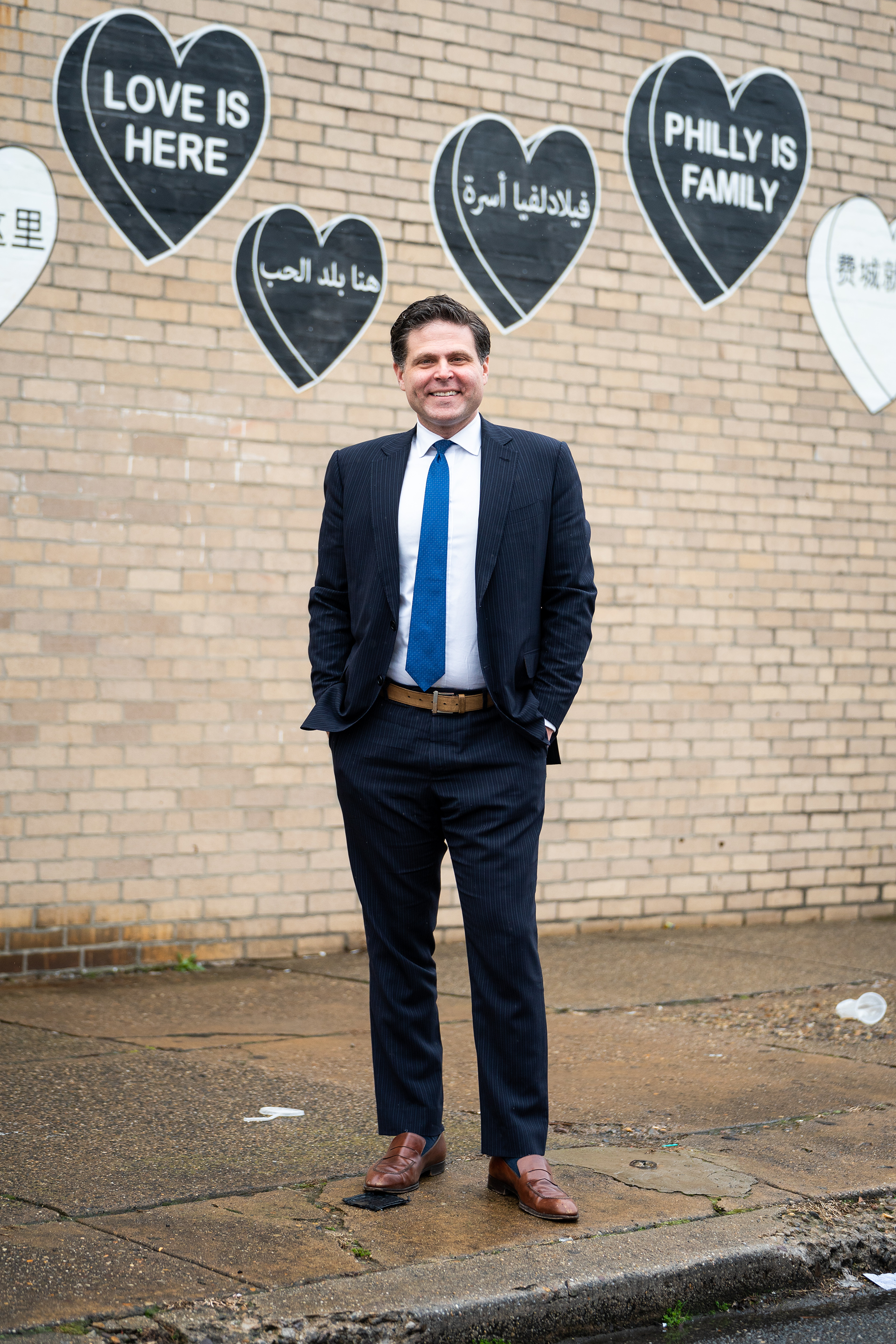
Part III
Roosevelt Boulevard is already constructed for rapid transit, Solomon says, with a median wide enough to build the subway with a cut-and-cover approach that would be cheaper than boring a new tunnel.
“We as policymakers have just not had the courage and the political will to get the job done,” Solomon says.
He wants to be the one to finally lead that effort and turn Roosevelt Boulevard into what he says “could be the most beautiful public works project in the nation.” Done right, he says, the subway could be surrounded by green spaces, public art and businesses ready to thrive in more accessible neighborhoods.
To Solomon, the subway is also an opportunity to think big about how government can make a difference in people’s lives. He wants the City and its power brokers to stop playing to the lowest common denominator.
“When they see a big price tag, Denver, Los Angeles, Boston and New York say, ‘Yes. How can we get this done?’” Solomon says. “And in Philadelphia we say, ‘No, it’s impossible.’ Of course this is possible, but it requires people to band together and not accept ‘no’ as an answer.”
In his mind, if you build it — or, at least, if you make plans to build it — the support will come.
“What other cities do is play toward a large, overarching vision. They don’t just play to dollar signs,” Solomon says. “They get the vision right, they get people to buy in, and then they find a way to execute. We’re not doing that right now.”
Part IV
Leslie Richards raised eyebrows around the city in January when she said SEPTA can’t afford the Roosevelt Boulevard subway. To some, it seemed like the death knell for a project that had only recently re-entered the public consciousness.
“The thing is, she’s correct,” Arzu says.
SEPTA’s capital budget for this fiscal year is around $1.1 billion. Christopher Puchalsky, the director of policy and strategic initiatives for the City’s Office of Transportation, Infrastructure and Sustainability, who was among the speakers at the first subway town hall, says peer agencies across the country have budgets two to three times as large to invest into their systems.
“We’re trying to keep this system together on pennies,” Puchalsky says.
It would be an understatement to call it a shoestring budget, Arzu says: “They don’t even have shoestrings.”
SEPTA did not respond to repeated requests to comment for this story.
Arzu identifies two potential paths toward finding the requisite funding for the subway, which Puchalsky says would cost in the neighborhood of $7 to $10 billion if it were built today. One is a transit referendum like those passed or proposed in Denver, Seattle and Atlanta to use sales tax to fund expansion. The other is a more serious effort to pony up the matching funds that would attract federal resources for capital investment — resources that are currently going to other cities and other projects.
“The bottom line is the boulevard subway seems like it could be a transformative project if a few billion dollars were to fall out of the sky,” Puchalsky says.
Instead, SEPTA and the City are focused on spending what little money they do have on addressing a nearly $5 billion backlog of repairs, Puchalsky says, including upgrading trolleys and replacing outdated cars on the Market–Frankford and regional rail lines. Trolleys, in particular, are overcrowded and don’t meet the accessibility requirements of the Americans with Disabilities Act.
“There’s a lot we need to make of the existing system before we spend significant sums on system expansion,” he says.
Owing largely to the size of the project, the subway doesn’t have full-throated backing from the advocates at Transit Forward Philly. The organization has yet to take an official stance, although advocacy director Yasha Zarrinkelk acknowledges that he and his colleagues will support any project that offers more accessibility to residents whose only transit option right now is the bus. But with so many other projects still waiting to be completed, the subway isn’t an immediate priority.
“The project is so massive that it’s a little bit hard to fully prioritize when there’s a backlog of state-of-good-repair projects that SEPTA faces right now,” Zarrinkelk says.
As for the Roosevelt Boulevard subway, the growing support is an indication of its potential — if not the final word on its feasibility. Organizers held a second town hall last October, and a third was planned for late March.
“The riders have spoken, and if PennDOT and SEPTA and the City can all get on board for this project, it could be huge,” Zarrinkelk says. “But that’s a major and difficult hoop to jump through.”
Part V
As much as Solomon wants to see the Roosevelt Boulevard subway built for all of its tangible benefits, he also believes it could help shake loose Philadelphians’ ingrained belief that big dreams are only fulfilled in other cities.
“People are mired in the day-to-day,” Solomon says. “When gun violence rages, when educational attainment declines, when your trash isn’t picked up, when code enforcement doesn’t work, when you don’t feel like you have a partner to pick up your abandoned cars or to address abandoned homes, what people feel is a sense of learned helplessness.”
What Philadelphia needs, he says, is someone — or perhaps many someones — to offer the type of vision that can overcome years of frustration, anxiety and angst to catalyze the City and its residents toward a new way of thinking. The subway could be a part of that process.
Solomon has seen how it can work, right in his own backyard. The Tacony–Palmyra Bridge, the Market–Frankford El and even Roosevelt Boulevard itself all showed how a grand vision can lead to grand results.
“At the time these were big, soaring ideas that everyone said were never going to happen. But because of political ingenuity and political will they did happen, and the Northeast and the region were better for it because they connected us in a very meaningful way,” Solomon says. “There were naysayers at every turn on each of those projects, but we were able to get them done and we were able to build a city. That’s why this project is so important — because it would do the same.”
Despite the funding woes and the stubborn City politics, despite the fact that the Roosevelt Boulevard subway has existed in the theoretical realm for more than a century now, Arzu believes it can finally become reality. And he doesn’t want Philadelphia to stop there.
“Building the Roosevelt Boulevard subway is only the first step of many to building out a full-fledged metro system that will better connect Philadelphia and better integrate with other transit modes,” he says. “We’re going to have an amazing system here that’s going to be the envy of other cities.”
It won’t happen by 2030. But after a century of planning, politics and postponements, what’s a few more years?

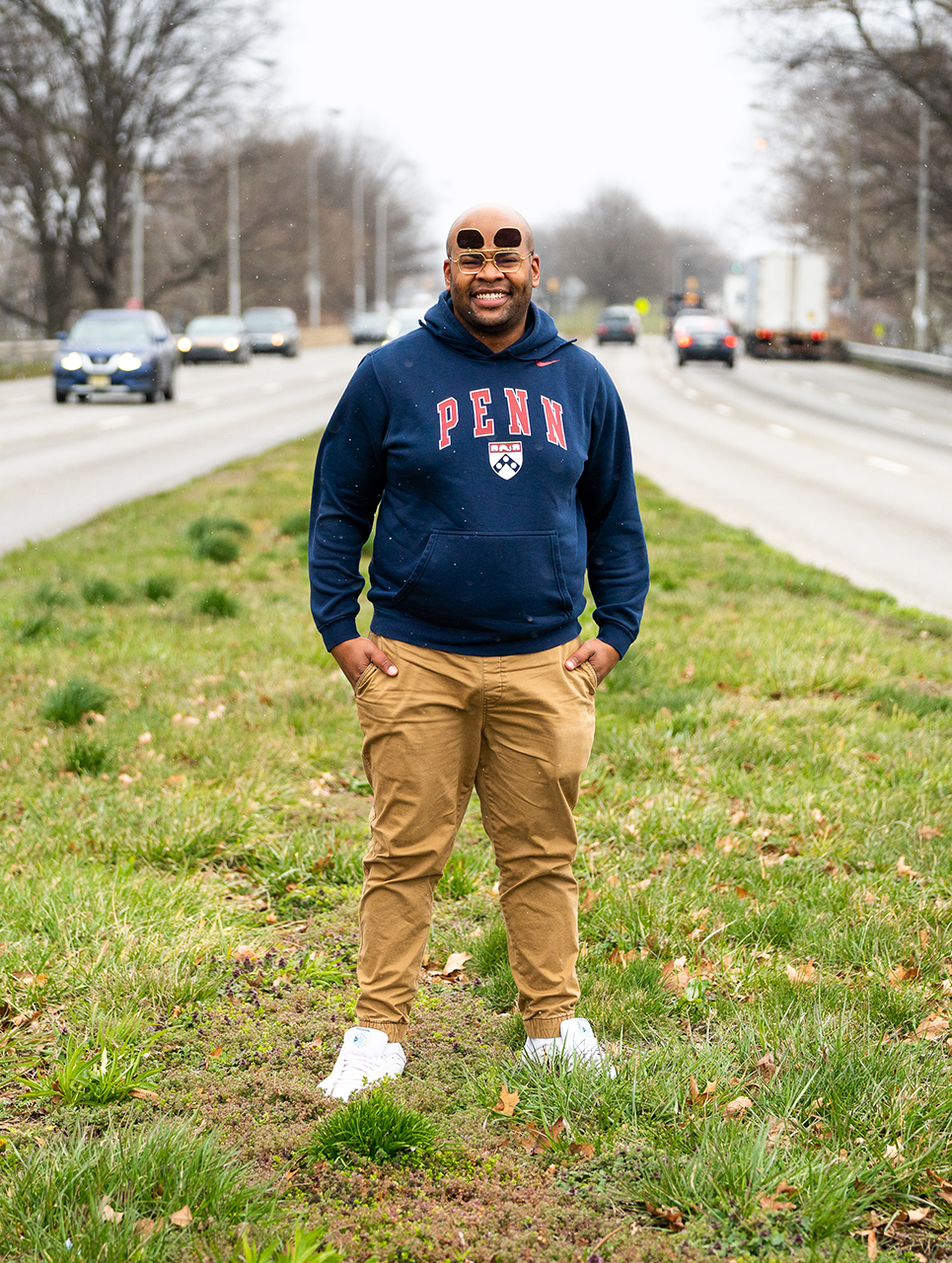

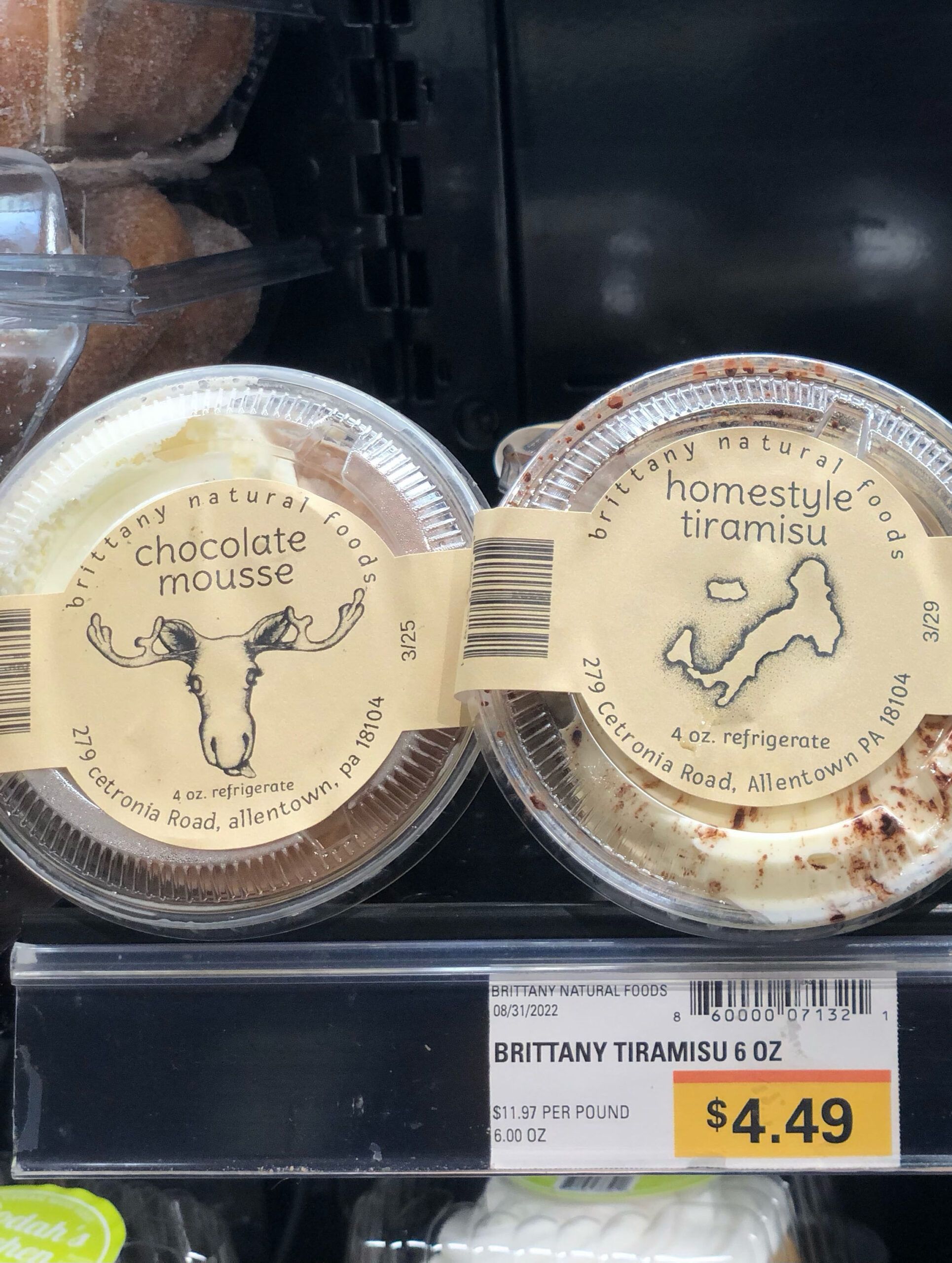
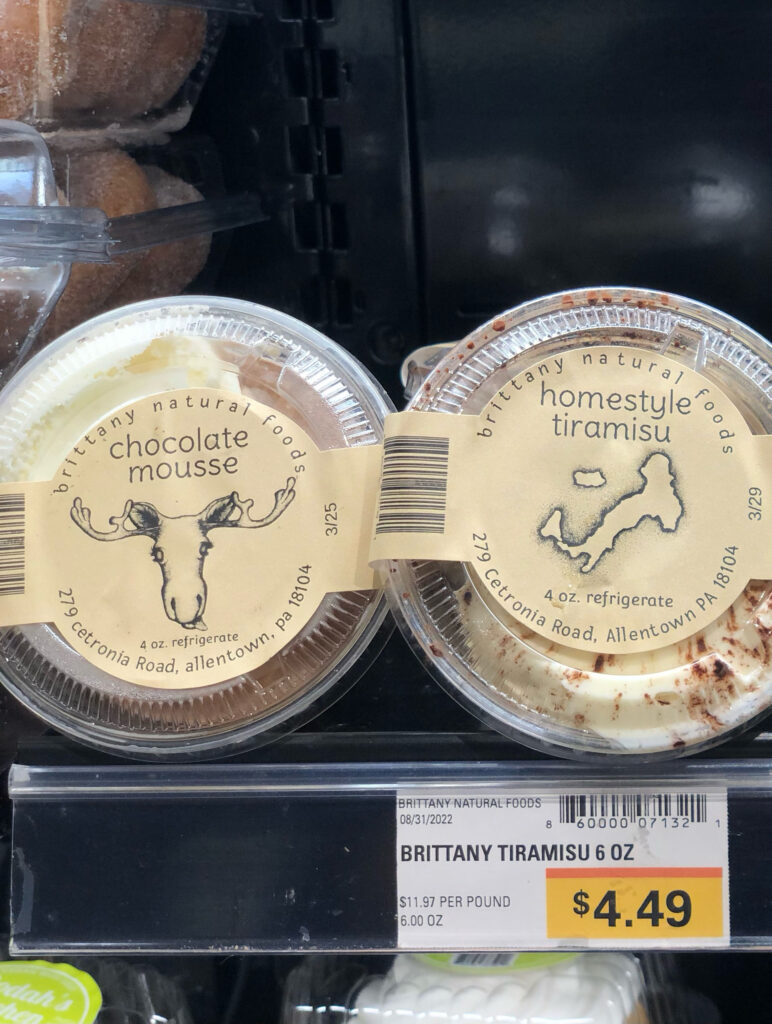

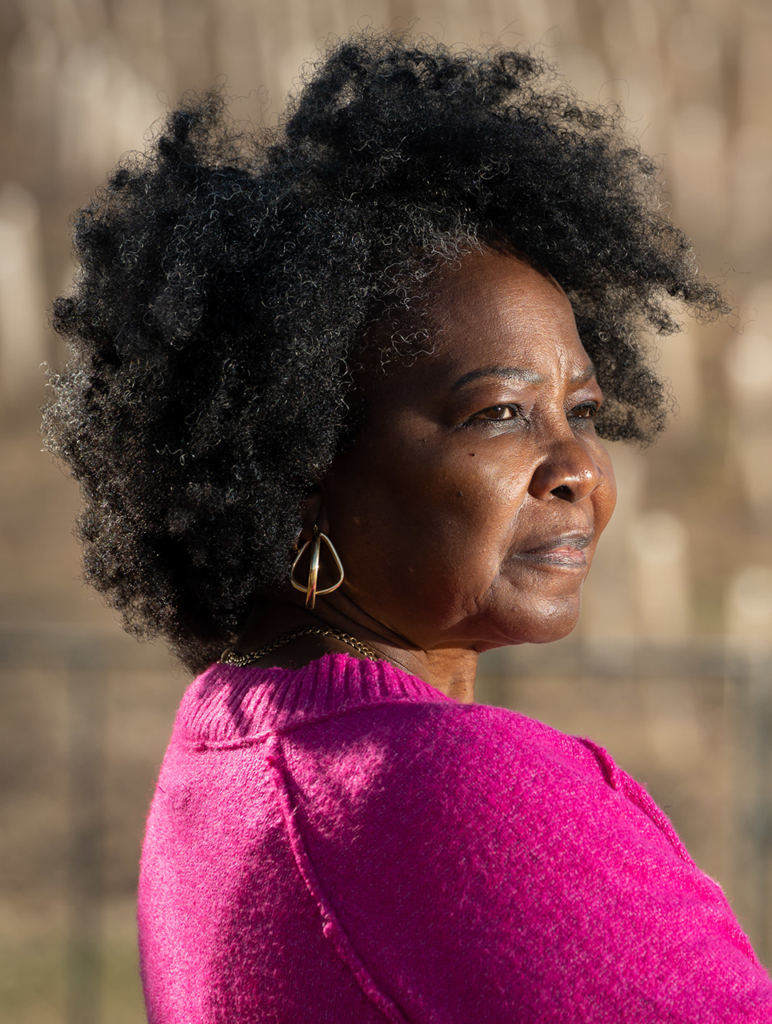

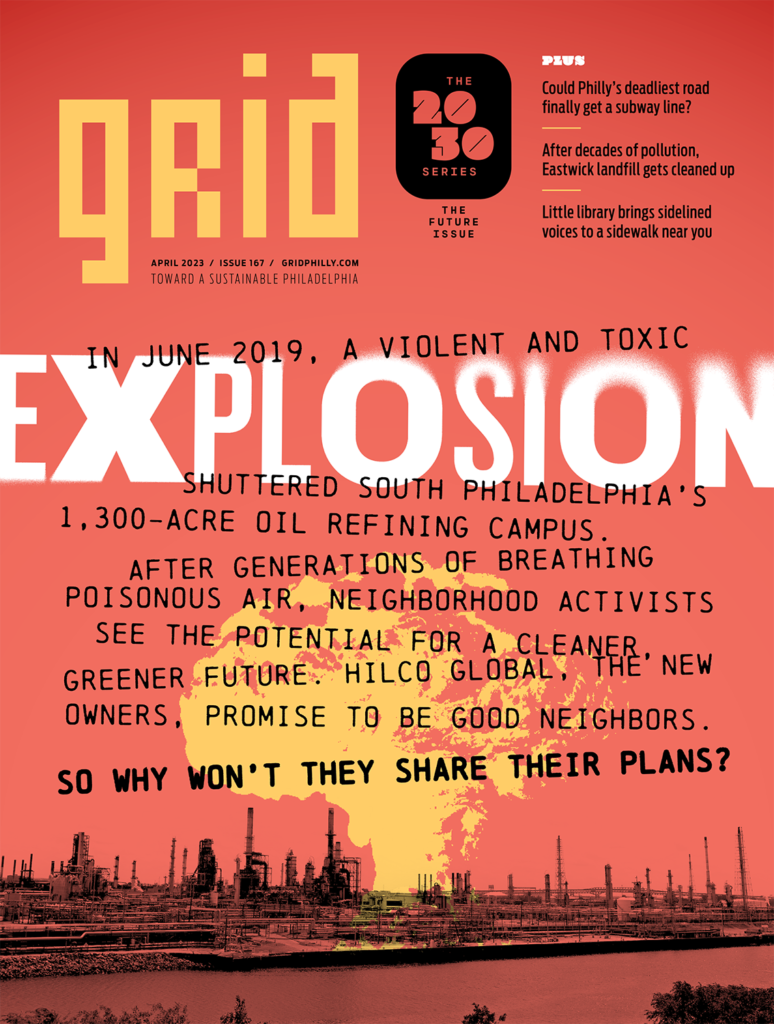
Although I will always have a “native son’s” love for Philly I cannot support the “hub and spokes” attitude for a city that cannot guarantee personal safety on public transport, and can barely provide safety on the streets of downtown Philadelphia. Although going into the city could help my business I won’t because of my concern for personal safety.
Of course, having public transportation that is accessible only on an hourly basis, like the 22, the 55, and the local rail connections doesn’t serve me nor the general public well.
As a former member of the DVRPC’s RCC I saw firsthand the lack of commitment to substantial progress on critical topics like air quality and sustainable building practices.
Having had some close experience with SEPTA’s regressive management I’m not sure that a totally new and expensive rail line that only serves northeast Philadelphia is best for the region. At the same time I’ve observed significant waste of energy in Septa’s operations which does nothing to reduce their greenhouse gas emissions. This is consistent with the finding that America wastes more than half of the energy to perform the same tasks than do other developed countries. Currently, 49 percent of SEPTA’s operating budget comes from state taxpayers—almost double the average among transit systems nationally.
I recall the Penn Praxis’ well reasoned proposal for the R-0 rail line that could link the suburbs with one another while improving links to existing rail lines into Philadelphia and provide a much needed regional approach for this area. Unfortunately, that idea died on the vine. .A good portion of this proposed line already exists and the connecting links could be built in stages. New stations in Trevose and Bensalem linking riders to the Frankford, Warminster and Doylestown lines could help relieve Boulevard and I-95 traffic and the parking nightmare of center city.